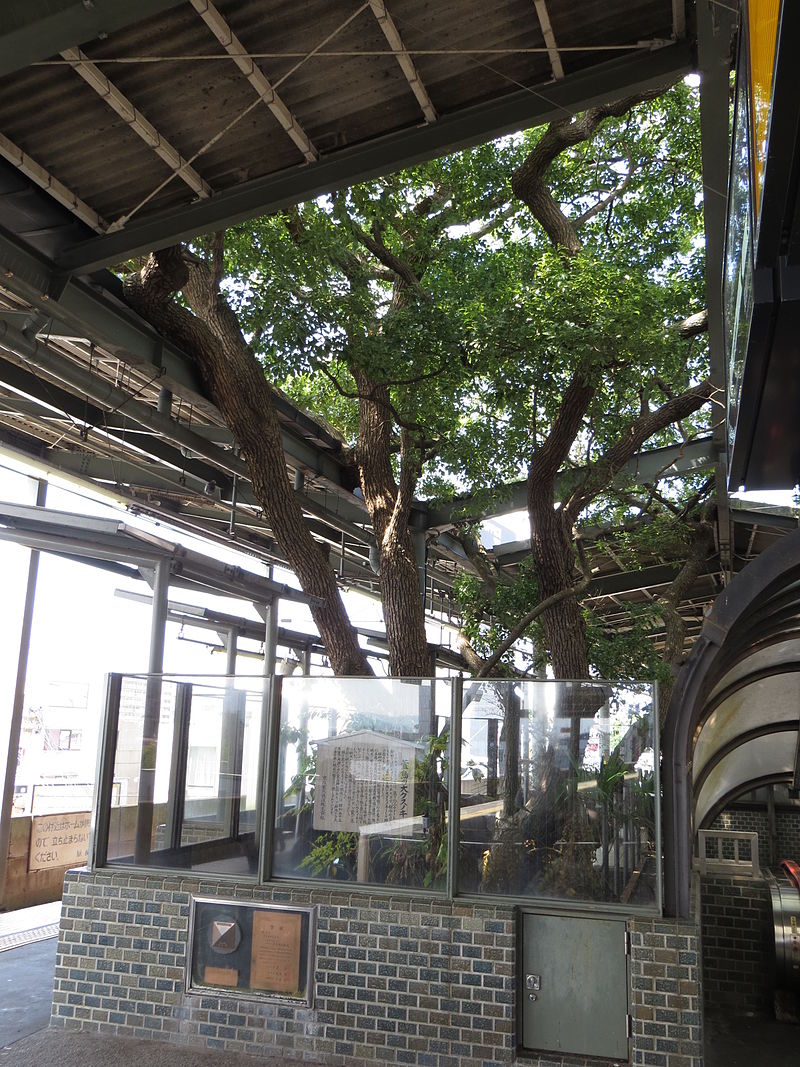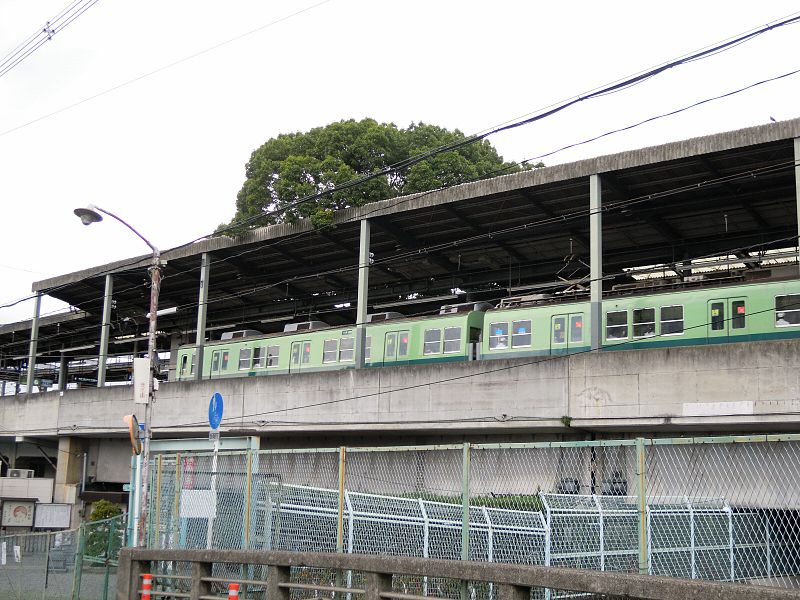Ecosystems include all of the living things (plants, animals, and organisms) in a given area, interacting with each other, and also with their non-living environment (air, water, and mineral soil).
Healthy ecosystems are essential for human survival and people need to change their behavior in order to preserve these Earth’s ecosystems. It is very important to understand that society must adapt its functioning in order to produce minimal negative impact on the ecosystems.

Deforestation for housing, farming, and industry has a negative effect on ecosystems, but still, it is often heard how trees are cut down to provide more room for man-made structures. However, there are also many examples showing that humans can live in harmony with nature. One such example comes from the Northeast suburbs of Osaka, Japan, where a train station was actually built to accommodate a giant camphor tree.
As Jessica Stewart wrote for My Modern Met, “The Kayashima Station is actually younger than the Big Kusu Tree of Kayashima, as it’s commonly known in Japan. While the station was built in 1910, experts estimate that the sprawling tree is at least 700-years-old”.

When the Kayashima Station opened in 1910, the giant camphor tree stood right next to the station. For the next 60 years, the Kayashima Station remained the same, but as Japan’s population increased and the station became overcrowded in the 1970s, it became clear that the train station needed to be expanded.

In 1972, the plans for the expansion were approved and according to the plans, the giant tree was about to be removed to make room for the expansion of the station. But when locals found out that the tree was to be removed there was a large uproar.
My Modern Met reports that the tree had long been associated with a local shrine and deity. Many stories emerged about the tree being angry and anyone who would try to cut it down would be cursed. Strange stories arose and in one of those stories, a man who cut off a branch developed a high fever later in the day. People claimed to have noticed smoke coming up from the underside of the tree and reported seeing a white snake wrapped around the tree.

The officials decided to change the plans for the expansion of the Kayashima Station and ended up incorporating the giant tree in the station’s architecture.
Construction began in 1973 and ended in 1980. Due to superstition or not, the giant camphor tree remains to this day at the Kayashima Station, and most importantly, it reminds us that people and nature can coexist in harmony.
